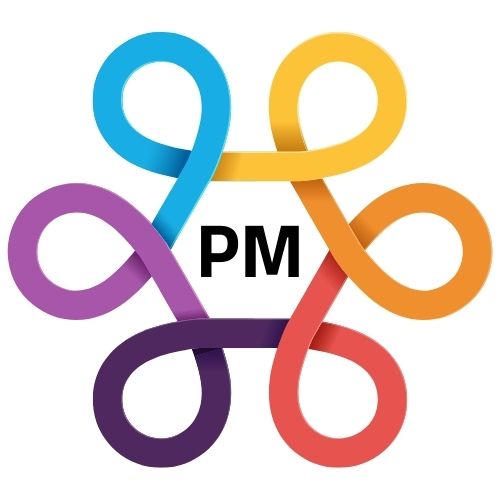How to Rank Higher on Google: SEO Best Practices

Climb to the Top: Mastering Google SEO Best Practices...
In the vast digital ocean, ranking higher on Google is the treasure every website owner seeks. It's the key to increased visibility, traffic, and ultimately, success. But navigating the complex world of Search Engine Optimization (SEO) can feel like deciphering an ancient scroll. Fear not! This guide breaks down the essential best practices to boost your Google rankings.
1. Understand the Foundation: Google's Algorithm & User Intent
- Google's Evolving Algorithm: Google's algorithm is constantly changing, prioritizing high-quality, relevant content that provides a positive user experience. Staying updated with algorithm updates (like those related to Core Web Vitals, and AI) is crucial.
- User Intent is King: Google aims to deliver the most relevant results for every search query. Understanding the "why" behind a search is paramount. Are users looking for information, products, or services? Tailor your content to match their intent.
2. Keyword Research: Your SEO Compass
- Go Beyond Short-Tail Keywords: While broad keywords are important, long-tail keywords (specific phrases) often have less competition and higher conversion rates.
- Analyze Search Volume and Competition: Use keyword research tools to identify keywords with decent search volume and manageable competition.
- Focus on Semantic Relevance: Understand the context and related terms surrounding your target keywords.
3. Content is the Crown Jewel: Quality & Relevance
- Create High-Quality, Original Content: Produce valuable, informative, and engaging content that answers user questions and provides solutions.
- Optimize Content for Readability: Use clear headings, subheadings, bullet points, and short paragraphs to enhance readability.
- Incorporate Relevant Keywords Naturally: Avoid keyword stuffing. Integrate keywords seamlessly into your content.
- Content Freshness: Regularly update old content, or create new content to keep your site relevant.
- Multimedia Content: Include images, videos, and infographics to enhance engagement and provide diverse information.
4. On-Page Optimization: Fine-Tuning Your Website
- Optimize Title Tags and Meta Descriptions: Craft compelling title tags and meta descriptions that accurately reflect your content and entice clicks.
- Use Header Tags (H1-H6): Structure your content with header tags to improve readability and indicate content hierarchy.
- Optimize Images: Use descriptive alt text and compress images to improve page loading speed.
- Internal Linking: Link to relevant pages within your website to improve site navigation and distribute link equity.
- Mobile-Friendliness: Ensure your website is responsive and provides a seamless mobile experience.
- URL Optimization: Use clean, descriptive URLs that include relevant keywords.
5. Technical SEO: Laying the Groundwork
- Website Speed: Optimize your website's loading speed to improve user experience and search engine rankings.
- Site Structure: Create a clear and logical website structure to facilitate easy navigation for users and search engine crawlers.
- XML Sitemap: Submit an XML sitemap to Google Search Console to help search engines discover and index your pages.
- Robots.txt: Use a robots.txt file to control which pages search engines can crawl.
- HTTPS Security: Ensure your website uses HTTPS to provide a secure browsing experience.
- Core Web Vitals: Focus on improving your sites Core Web Vital scores, which are page experience signals that google uses in ranking.
6. Off-Page SEO: Building Authority and Trust
- Build High-Quality: Earn backlinks from reputable websites to improve your website's authority and credibility.
- Social Media Engagement: Engage with your audience on social media platforms to increase brand awareness and drive traffic to your website.
- Online Reputation Management: Monitor and manage your online reputation to build trust and credibility.
- Local SEO (If Applicable): If you have a local business, optimize your Google Business Profile and local citations.
7. Analytics and Monitoring: Tracking Your Progress
- Google Analytics: Use Google Analytics to track website traffic, user behavior, and other important metrics.
- Google Search Console: Monitor your website's performance in Google Search, identify technical issues, and submit sitemaps.
- Regularly Analyze and Adjust: Continuously analyze your SEO performance and adjust your strategies accordingly.
Key Takeaways:
- SEO is an ongoing process that requires patience and persistence.
- Focus on creating high-quality, user-centric content.
- Optimize your website for both users and search engines.
- Build authority and trust through backlinks and social engagement.
- Monitor your performance and adapt your strategies as needed.
By implementing these best practices, you can significantly improve your Google rankings and drive sustainable traffic to your website.
